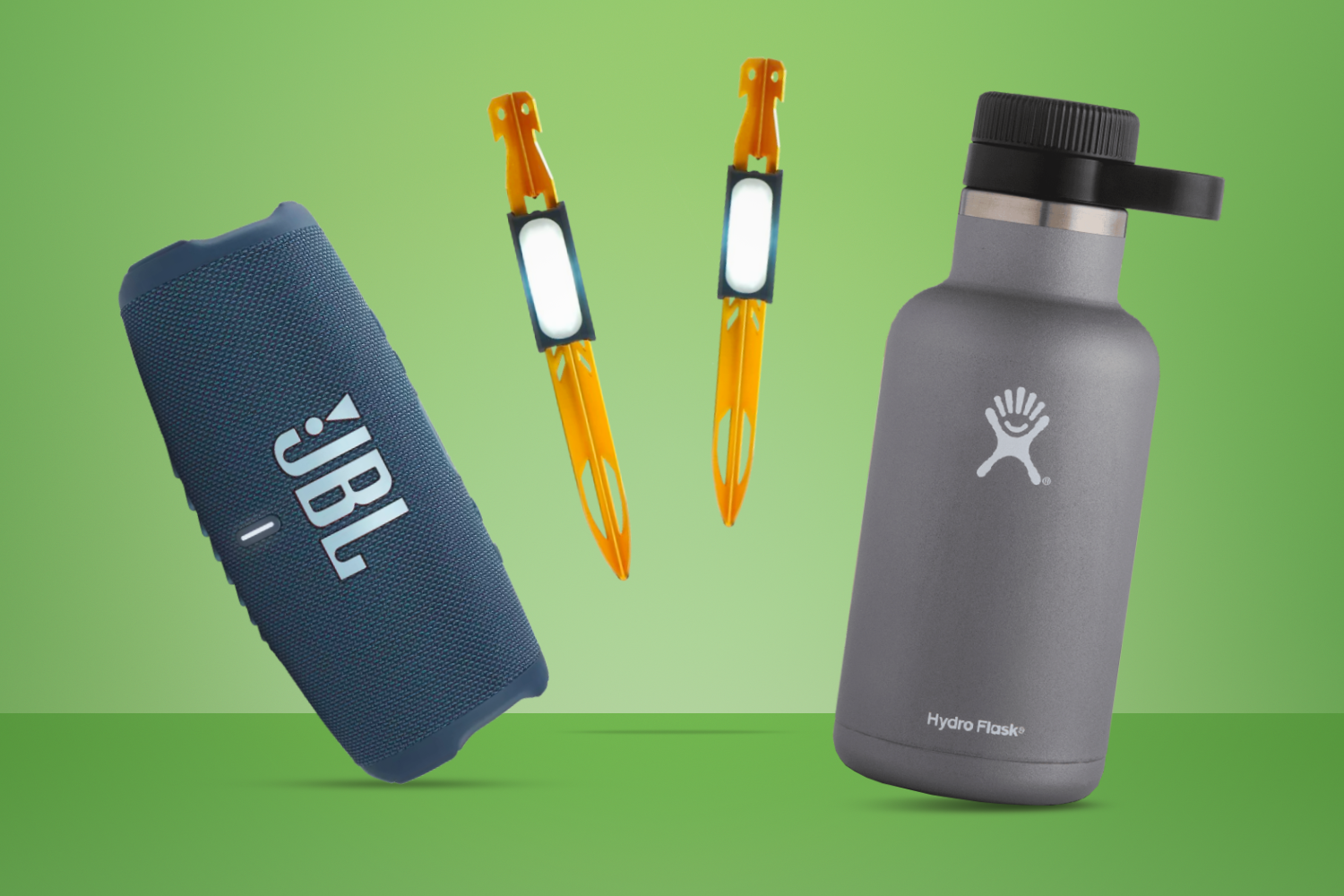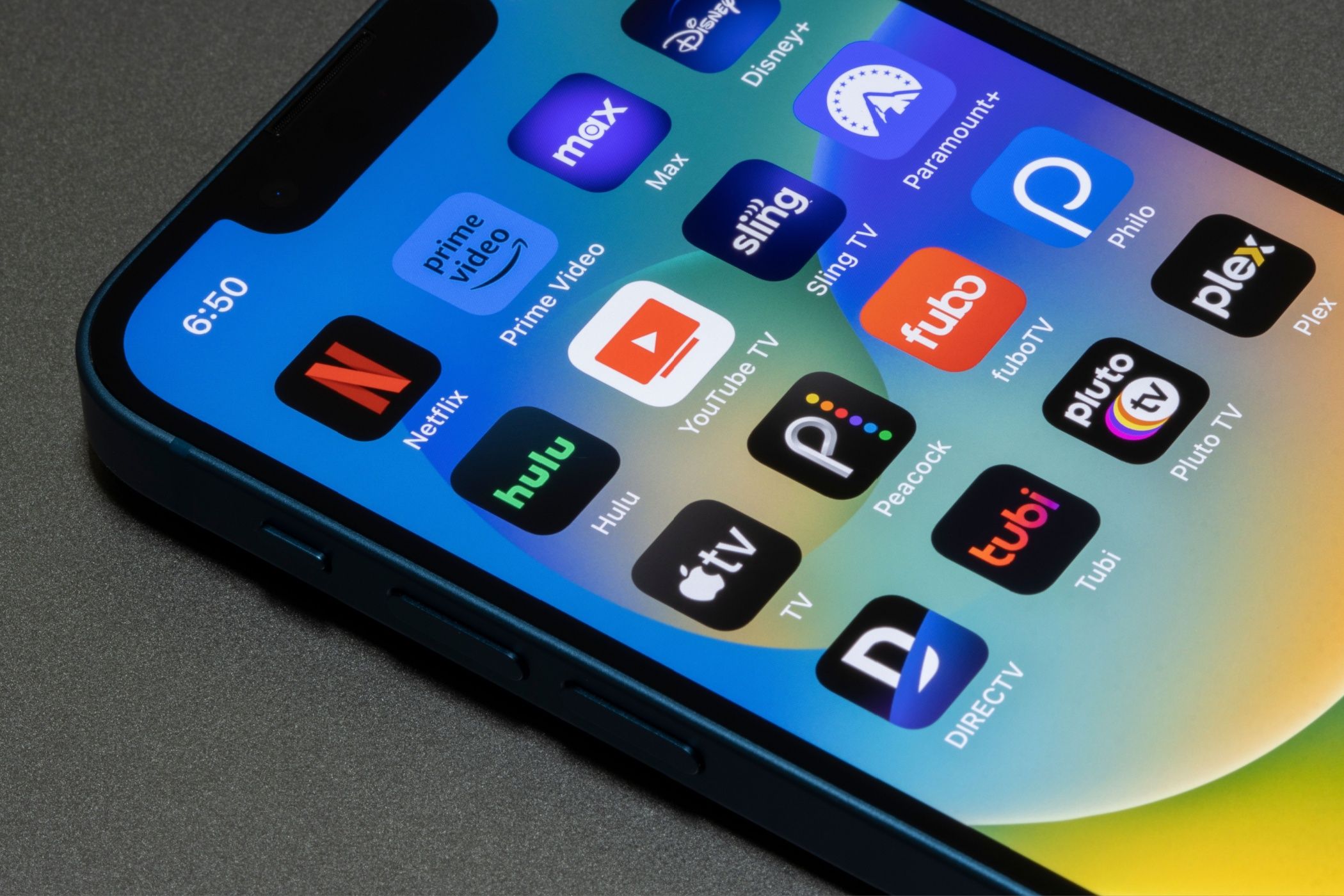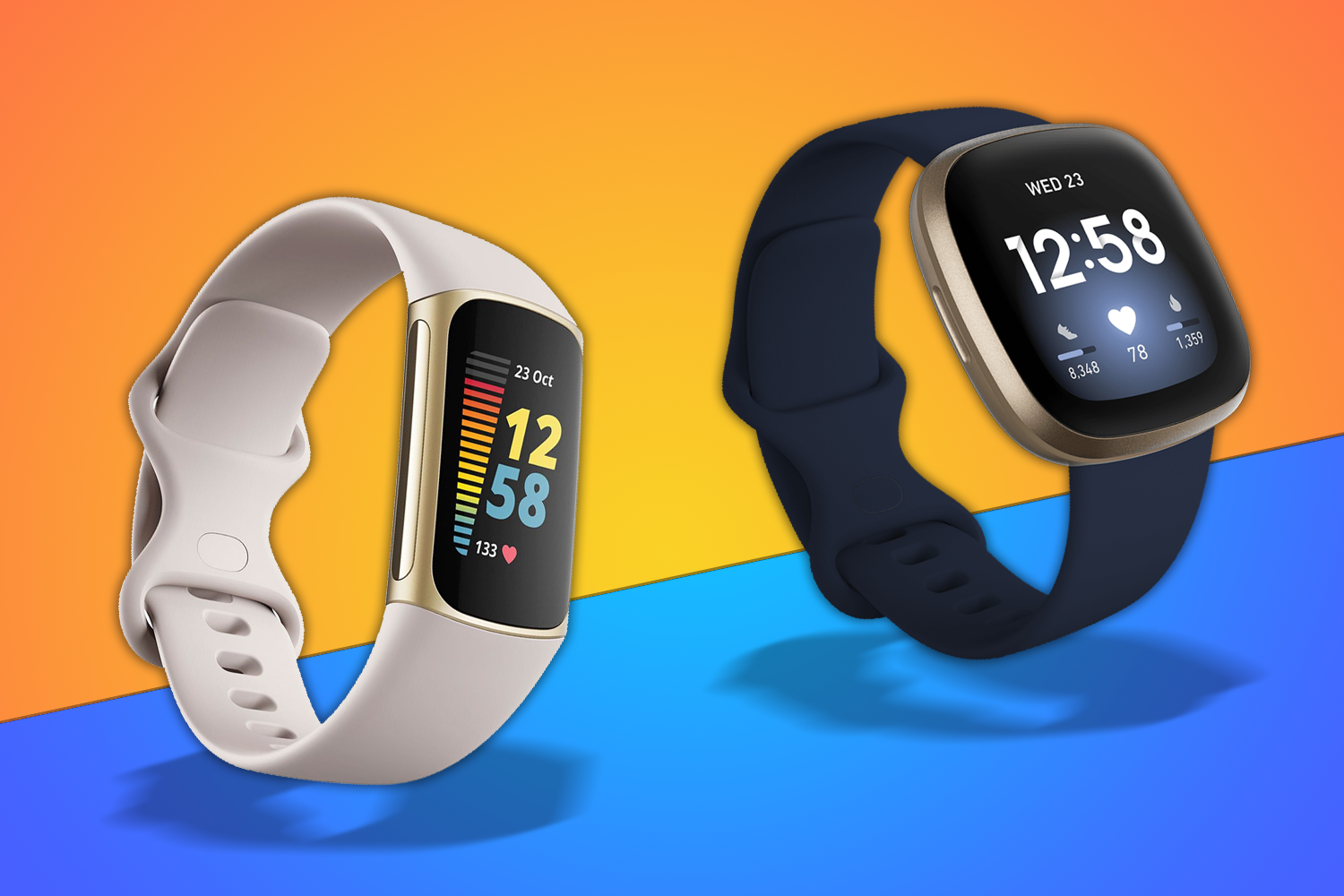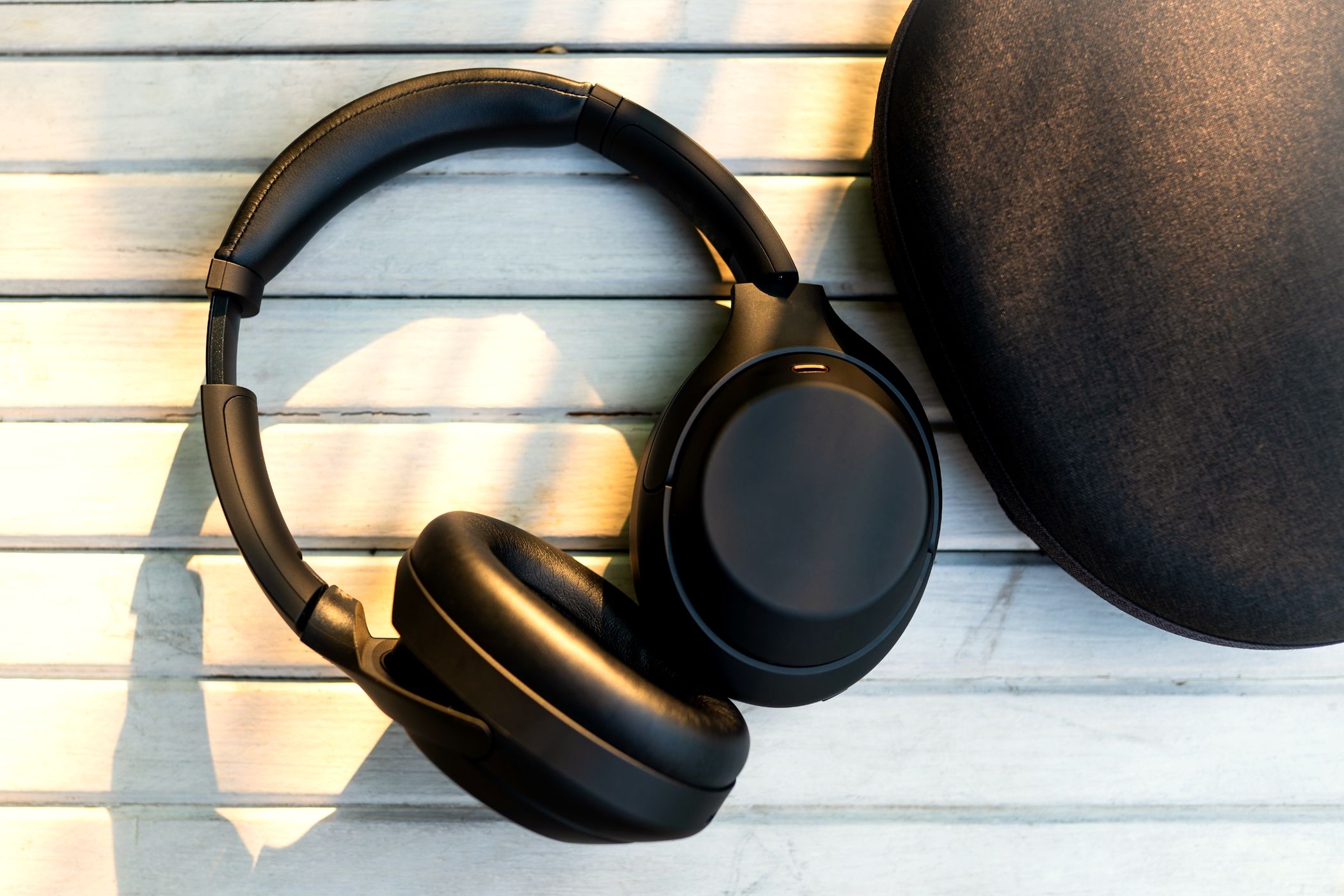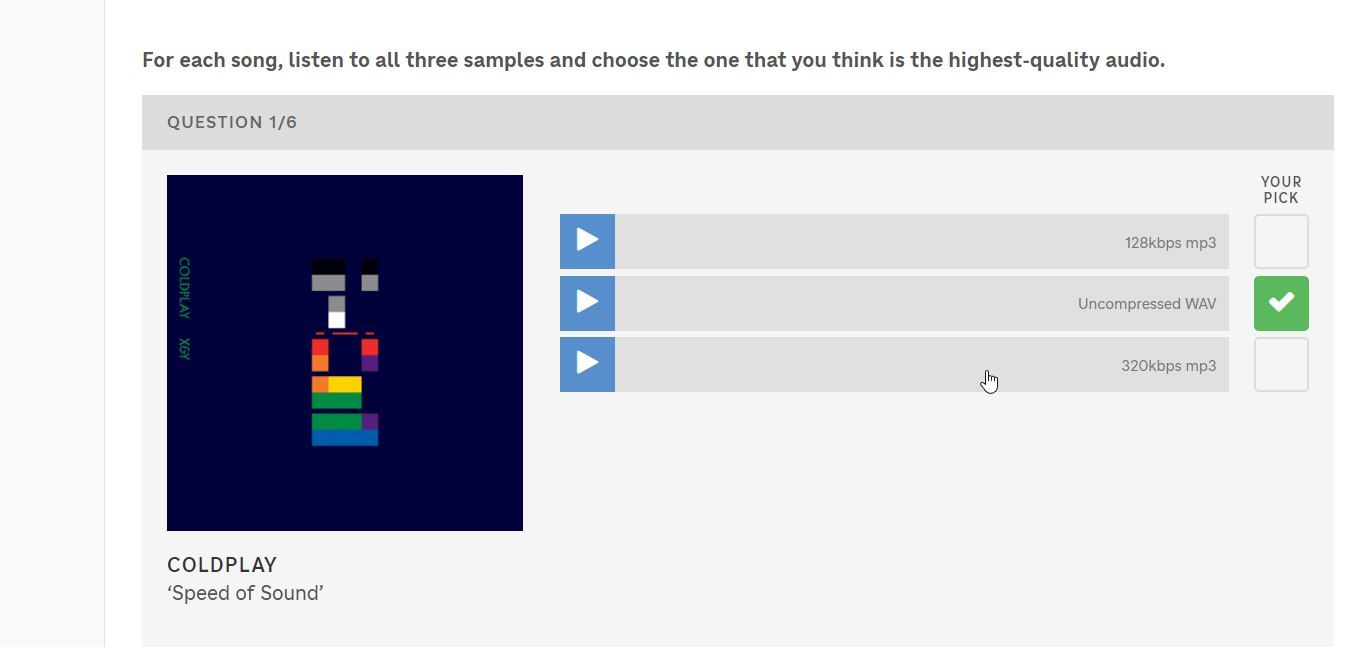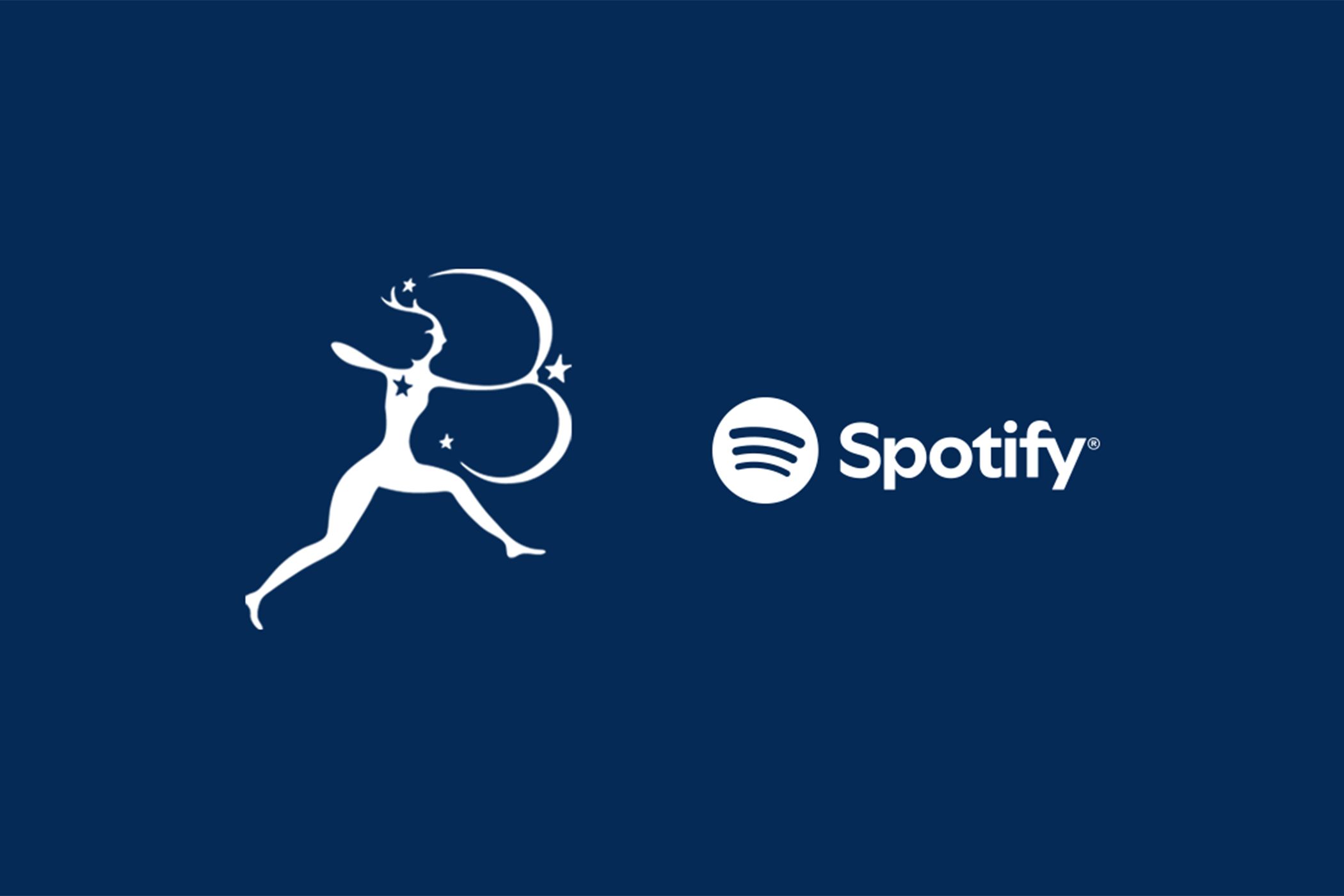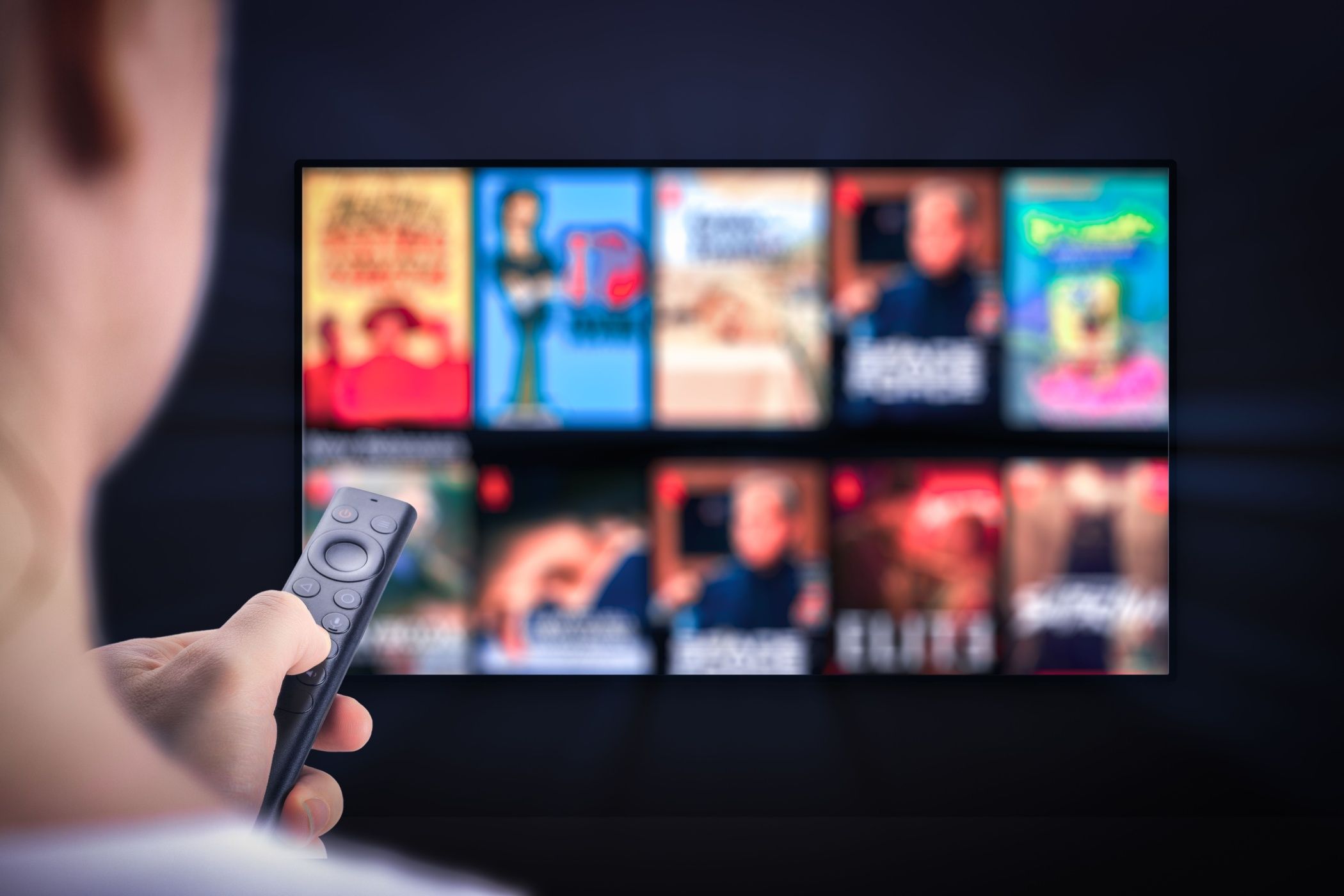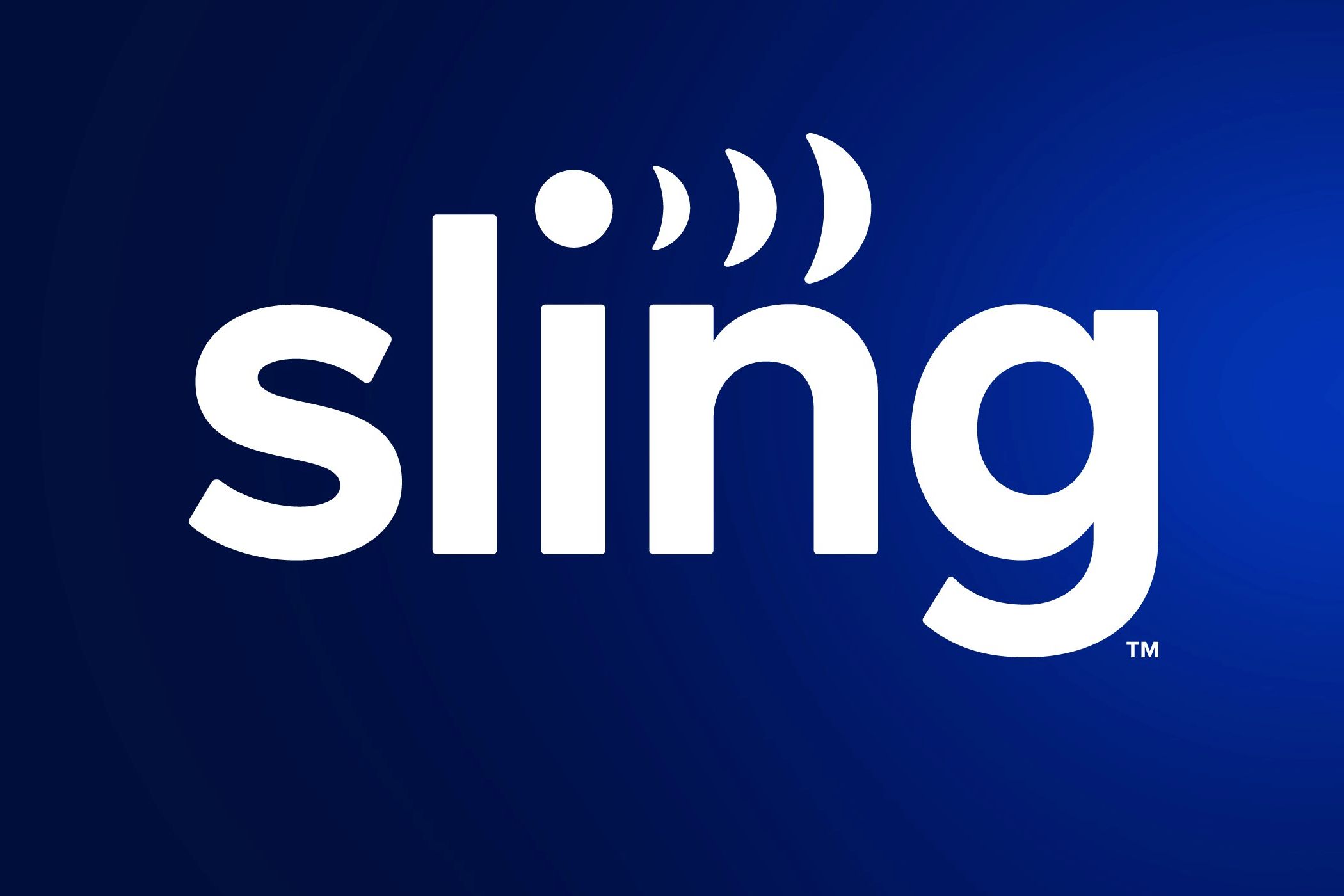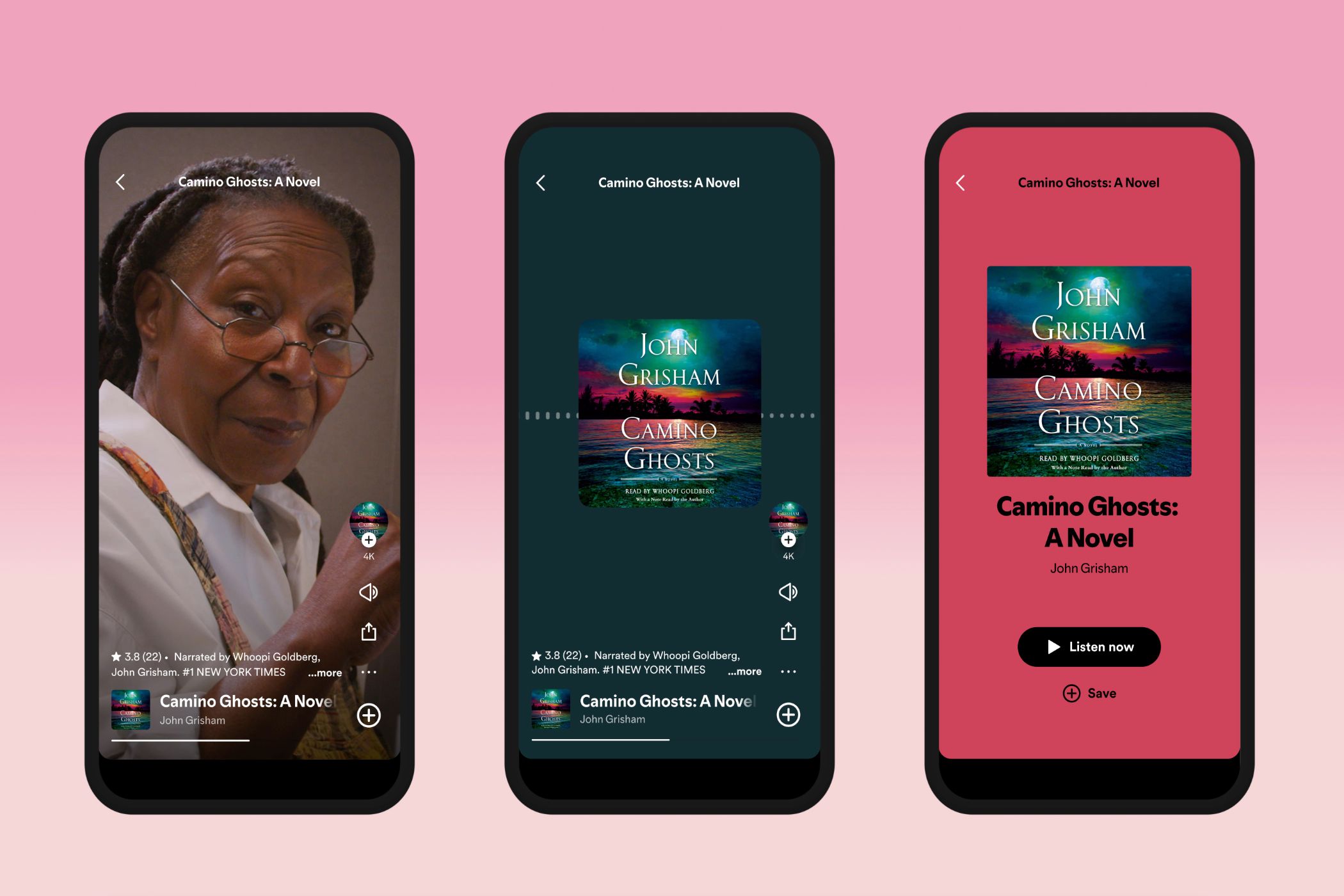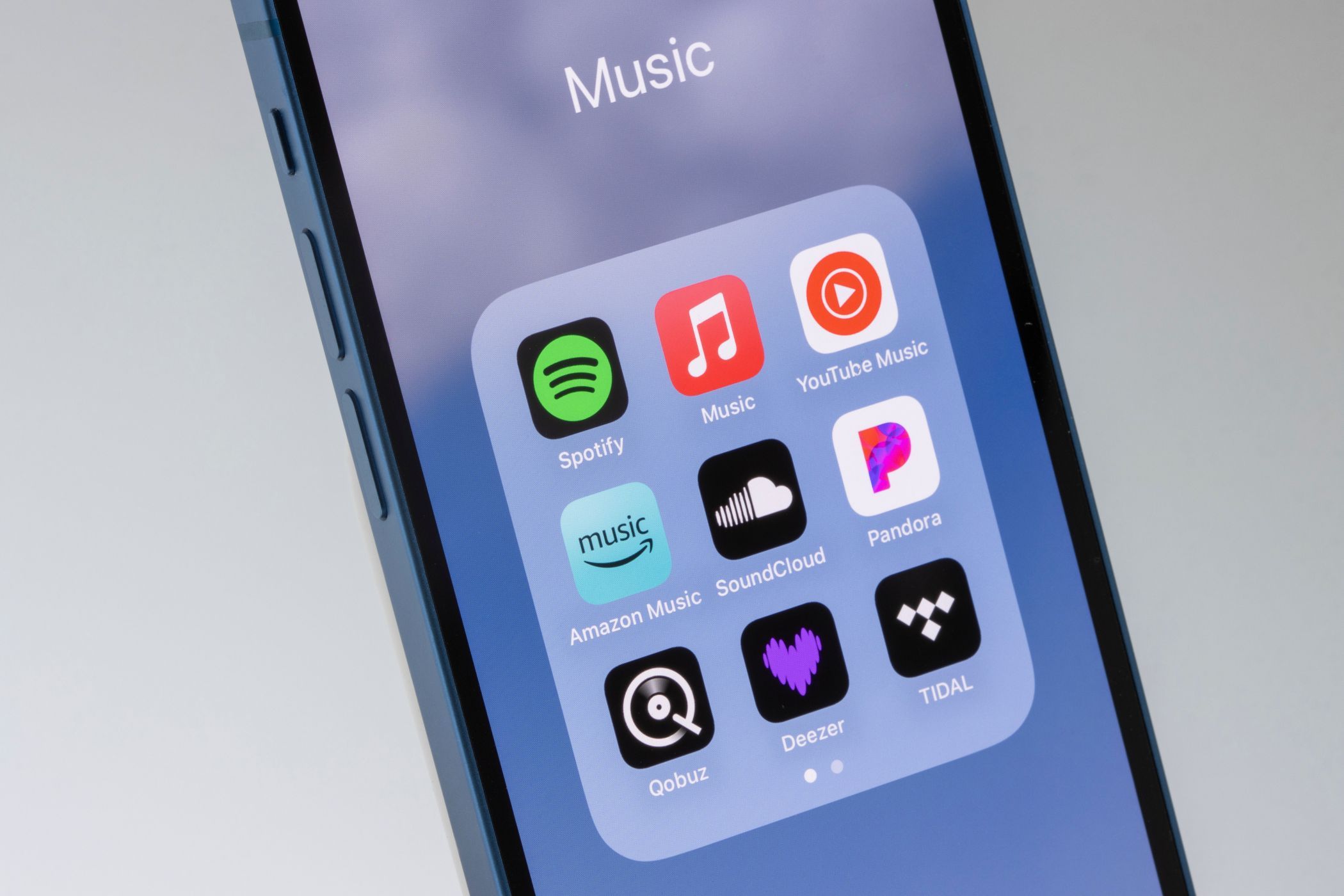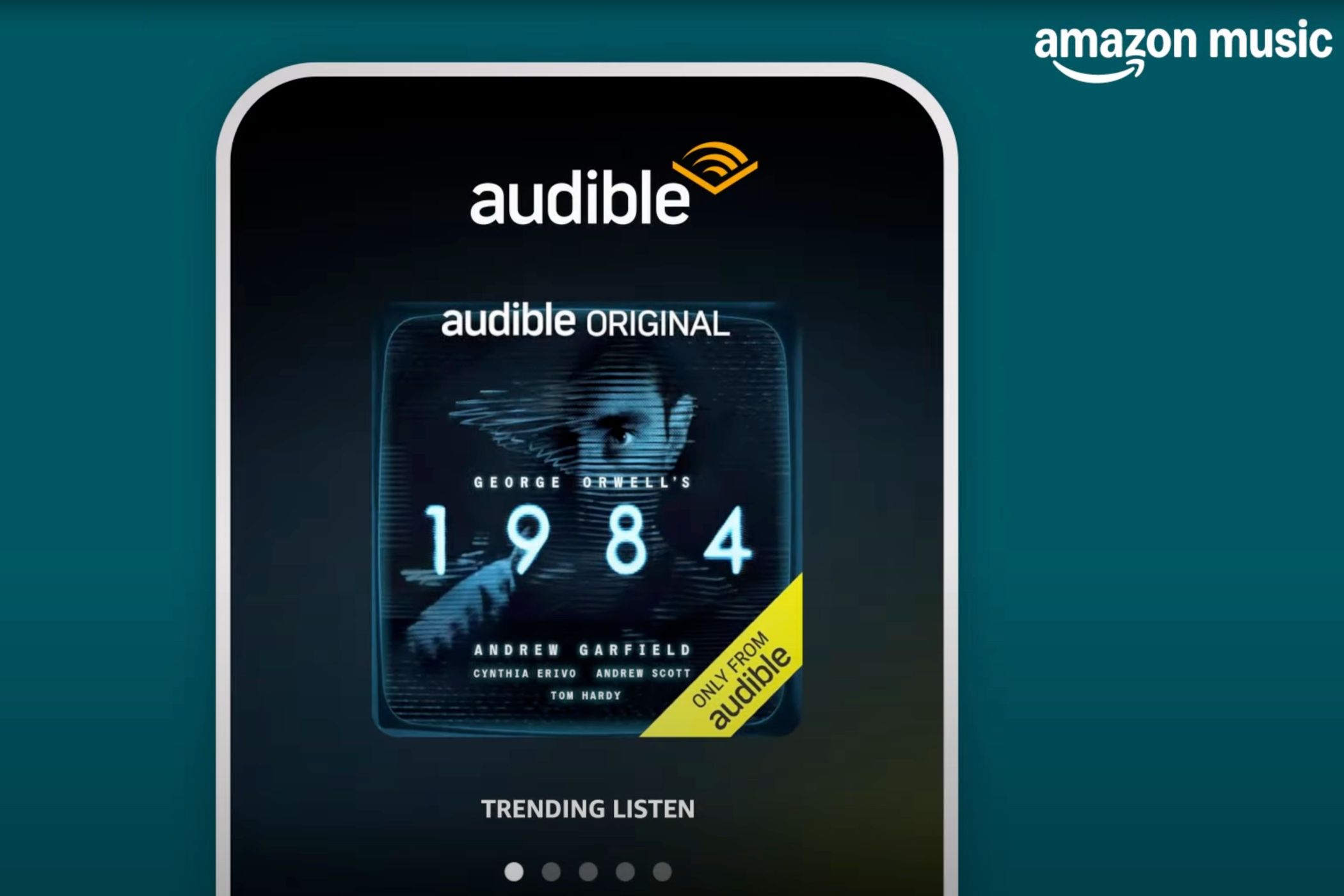Quick Links
-
The Results of the Audio Test
-
Is High-Res Audio Worth It?
Key Takeaways
- It can be hard for average listeners on average equipment to distinguish between regular and high-res audio files.
- Even on basic equipment, higher-quality audio formats can make a noticeable difference.
- Higher-quality streaming plans on services like Spotify may be worth the investment for music enthusiasts.
All music sounds the same, right? It’s not quite that simple.
I recently found an online test to see if I could distinguish high-res audio files from regular ones. Streaming services are offering higher-quality audio, and charging more for the privilege. Are they worth the money? Here’s what I learned.
What I’m Listening On
The equipment that I’m listening on is fairly modest. It’s an ordinary Dell laptop and a pair of inexpensive wired Sony headphones. I’ve always preferred wired headphones because they just work. All I need is to plug them in, and they won’t break the bank. This is my main audio rig when I’m working or surfing the web. Even though I’m a huge fan of vinyl, my main source of music is Spotify. This may not be audiophile quality, but this is what gets me through the day.
The Blind Audio Test
I came across this test from NPR that plays snippets from songs in several genres, from pop to classical. The songs appear to be randomized for each visit. You’re asked to click the song that sounds best to you, and it will reveal if you’re correct or not. The three audio formats are a 128 kbps MP3, a 320 kbps MP3, and an uncompressed WAV.
This is a blind test. You don’t know which type of file you’re listening to until you make a choice, to make the comparisons fair.
The Results of the Audio Test
A song I did manage to distinguish the uncompressed WAV was Suzanne Vega’s a cappela song, Tom’s Diner, the opening track of her 1987 Solitude Standing album. This was significant because this song was what the original MP3 algorithm was based around to highlight the warmth of Vega’s voice.
This might have been because Suzanne Vega was closer to my taste than the others. I’m not as big of a fan of hip-hop, pop, or classical music, which were also represented.
The Jay-Z song Tom Ford was one I missed, though I did pick the high-bitrate MP3. Hip-hop may be more about bass than subtle nuances in sound quality. NPR did mention that Jay-Z is an investor in Tidal, an audiophile-grade streaming service.
One song I did manage to get right was Coldplay’s Speed of Sound, but that might have been a lucky guess. I had to strain to hear the difference between uncompressed Wavs and 320 kbps MP3s.
Neil Young also marketed his own audiophile portable audio player through Pono, and he was also represented in this quiz through the track There’s A World, from his Harvest album. This track is a deviation from Young’s folk-rock style as he’s backed by an orchestra. This song also came preinstalled on Pono players. Alas, I missed this one as well. I suppose Young would be disappointed in me, given how critical he’s been of digital audio in the past. Sorry, Neil!
One thing that struck me about the test was that while it was easy for me to eliminate the lower-bit-rate MP3 files, I found it harder to choose between the higher-bit-rate MP3s and the uncompressed WAVs. Maybe I would be able to tell the difference more easily if I was using a real stereo amplifier, possibly using vacuum tubes, rather than some cheapish wired headphones plugged into a laptop.
On the other hand, this might be a testament to how well modern audio compression algorithms, even lossy ones like MP3, are engineered. I would have to pay close attention to tell the difference between a well-recorded, well-mastered piece of music on Ogg Vorbis or MP3 from a CD, as long as the bit rate was high enough.
Is High-Res Audio Worth It?
The lesson is that if you’re an average listener on average equipment, you may be unable to hear the differences in regular audio from audiophile-grade high-res digital audio. Still, higher-quality streaming Spotify plans or hi-res audio streaming services like Tidal or Qobuz seem worth investing in, especially if you’re someone like me who really enjoys listening to music.
Even on more basic equipment, higher-quality, higher-bitrate audio consistently differed from lower-bit-rate MP3 files.
